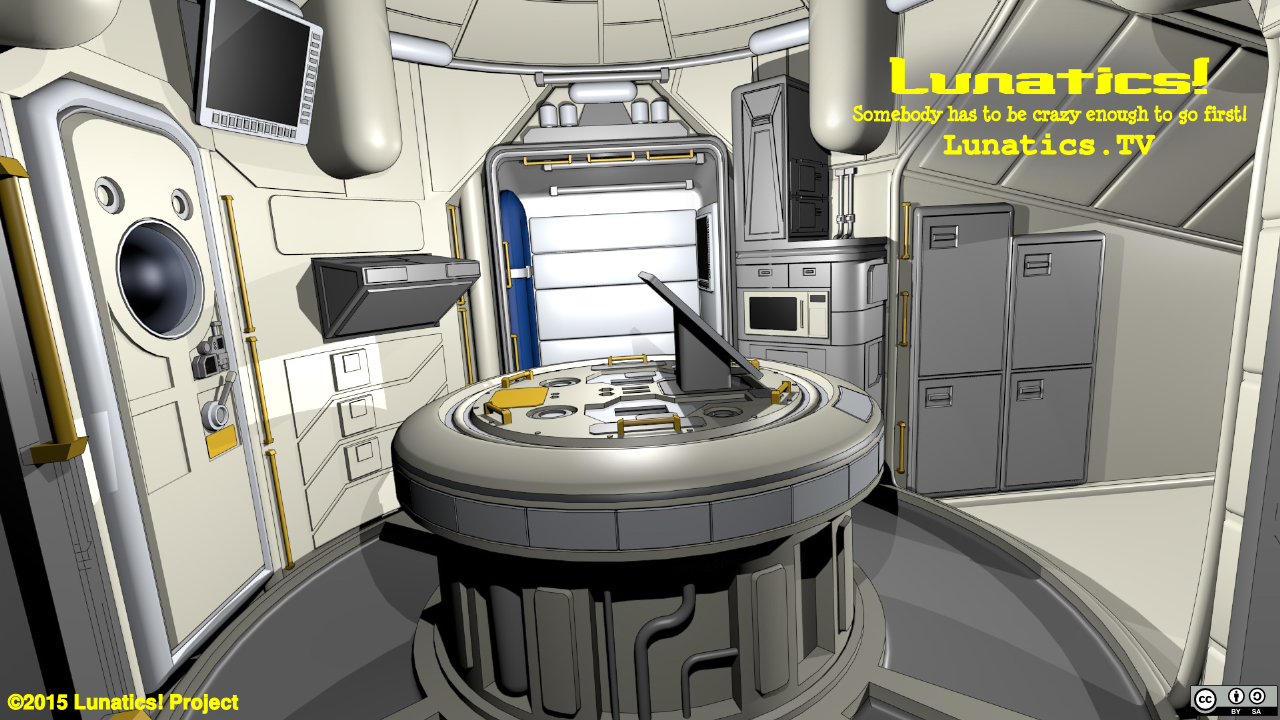Faster, Better, Cheaper: Pick Two
Moon Day 2015 has come and gone — the 4th since the pre-production Kickstarter that formally started this project We’ve come a long, long, LONG way in that time — a lot of production obstacles have been cleared and quite a bit of the work is done for our pilot episode. We’ve managed to do that almost entirely on an unpaid basis, since we have not raised funds successfully since that pre-production campaign. And of course, that’s a big reason why this has taken four years so far. There’s a saying that typifies this problem: “Faster, better, cheaper: pick two.” Clearly, we’ve had to sacrifice on the “fast” part. I think it’s possible that the result is going to be better for taking this extra time on production, and whether that’s true or not, I think I’m going to choose to believe it, because it makes the delays a lot more bearable.
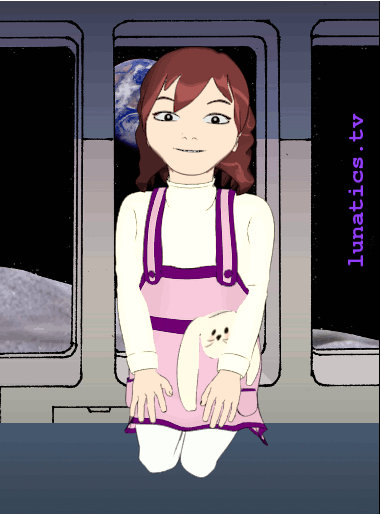
We’re very nearly done with modeling for Part 1, and have a significant start on Parts 2 & 3, of the pilot story, “No Children in Space”. As we progress, the number of new models to make will fall off sharply — the story “Earth” will require a lot fewer new models than the pilot, and “Cyborg” even fewer. For Part 1 of the pilot, we are mostly just tweaking existing models at this point, rather than creating new ones.
That moves our production focus onto two problems related to animation that we have to resolve before we can project a release date with any accuracy:
First, we have to demonstrate our animation workflow, and measure how long different kinds of tasks take us. We actually have three workflows for animation, as is outlined in detail in this month’s Patron Newsletter (you can subscribe to that via PayPal on this site, or become a Premium backer on our Patreon project page — also a perk for contributors):
- Frame-by-frame animation, used for the more subtle and original movements
- Action-based animation used for longer shots and repeated motion
- Lip-sync for close-up speaking shots.
We may be adding additional workflows in later episodes, but in the pilot, we’re being somewhat conservative.
Second, we have to resolve our rendering problems. The non-photorealistic style we are using is compute-intensive, and most of our shots end up somewhere between 1 minute and 10 minutes per frame — meaning that to animate even the 10 or so minutes of “Part 1” of “No Children in Space” will take as much as two months of dedicated computer time, using only the two desktop PCs we have available for rendering right now (and anything else we do on those computers slows the process down).
Of course, the plan was to build a dedicated 48-core rendering cluster which would reduce that from months to days, but that’s at least a $3000 expense, that I can’t afford to finance out of pocket (at least not without reimbursement).
Alternatively, we might rent time on a cloud compute server solution, such as Amazon’s. But my estimates are that that will cost about the same amount of money for rendering the pilot story — and it will leave us in the same situation after we’re finished with it. Investing in dedicated hardware makes more sense for a series, where it would give us the security that we can keep rendering our episodes on a reasonable schedule.
Without new funding, it’s therefore going to be difficult to get over that barrier. So we’re considering what we can do about that.
My first preference is to keep things simple and work through our existing Patreon campaign. We might simply do a push to get the word out about the campaign (which is currently at 19% of our first goal of $1000/episode — that goal would be just about enough to pay for render cluster with the 3 parts of the pilot). There is still a lot we can do to promote the project, that we haven’t done yet. Alternatively, we might do a dedicated fundraiser for the equipment expenses, although I’d have to put some thought into what kind of rewards we could offer on a Kickstarter campaign.
For the Patreon campaign, we have small primary reward levels for first-access to streaming episodes (about what video streaming or a DVD rental would cost) and also first-access to high-profile/high-definition/5.1 surround sound episodes (for about what it costs to buy a typical DVD). And of course, higher level sponsorships for those who want to do a lot more.
A Quick Overview of 2014-2015 Progress on Lunatics
Although we have been continuing to post progress reports on our social media pages and in our Patron Newsletter, this Production Blog has been neglected because of the need to transition from the old Plone-based system to the current WordPress system, and so we have quite a backlog of information. Here’s some pictures of what we’ve been working on over the last year:

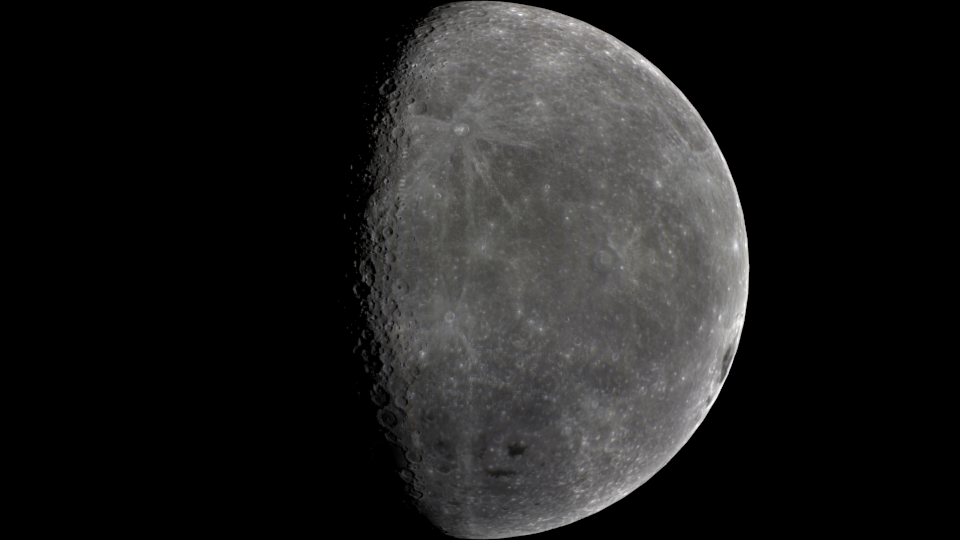
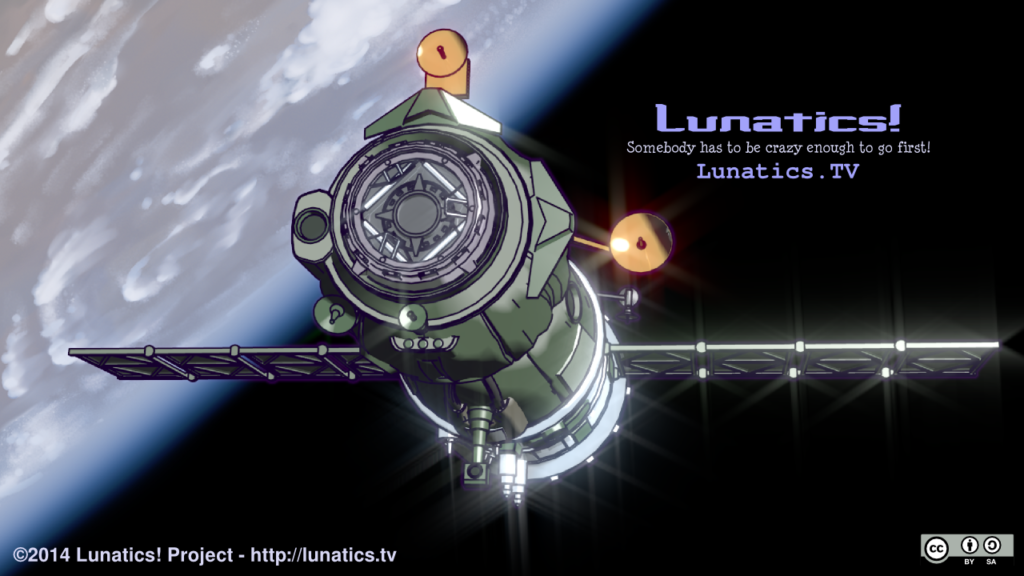
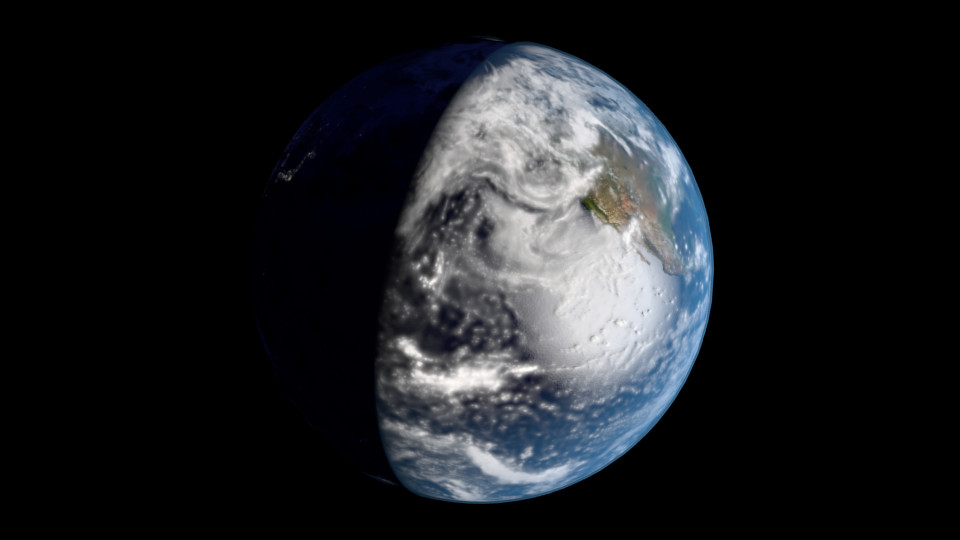
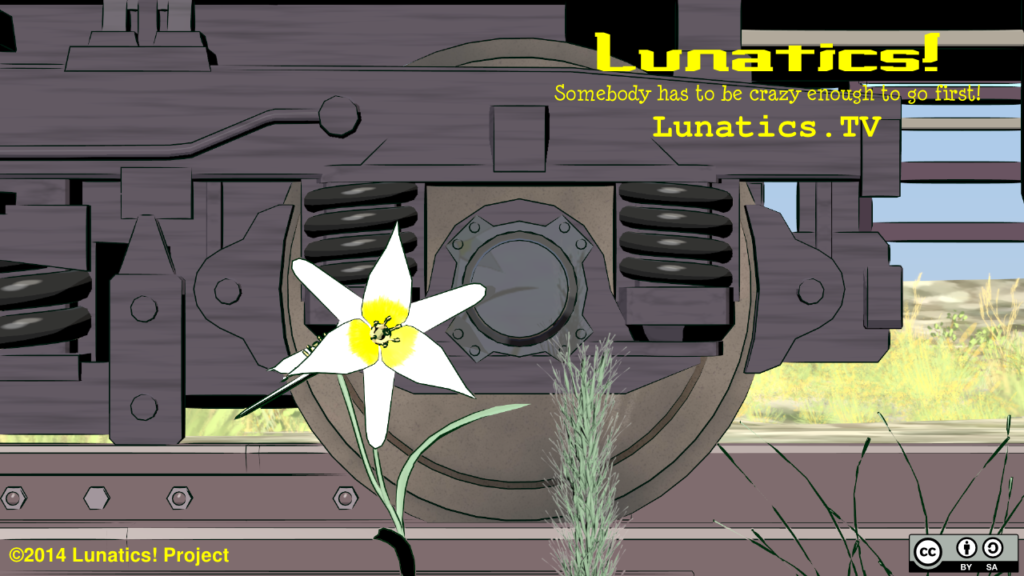
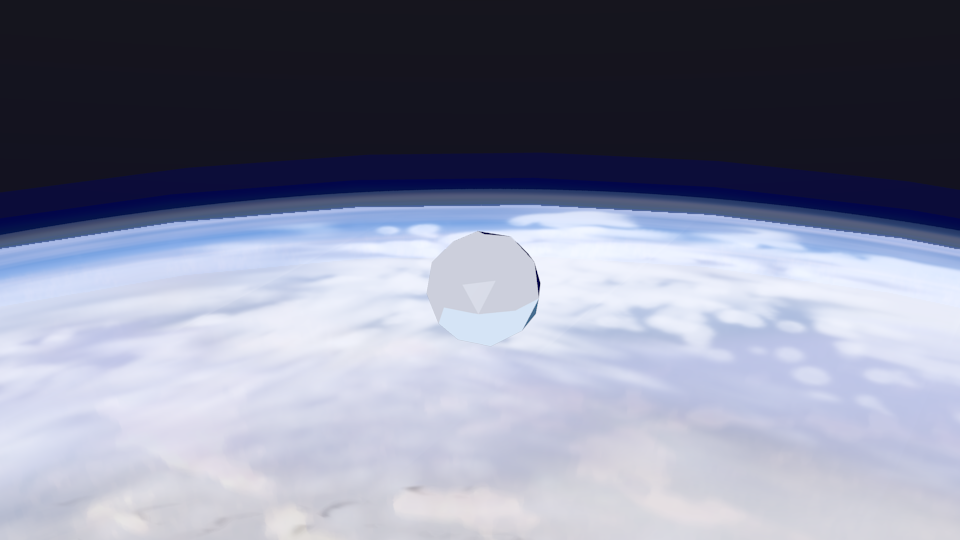

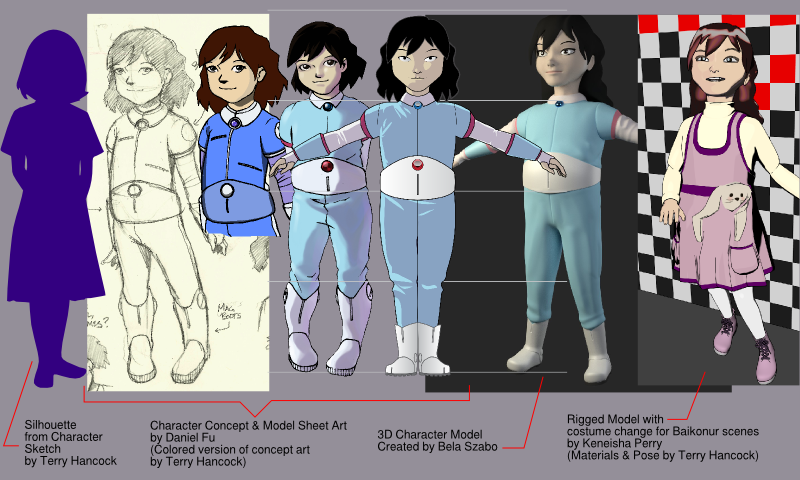
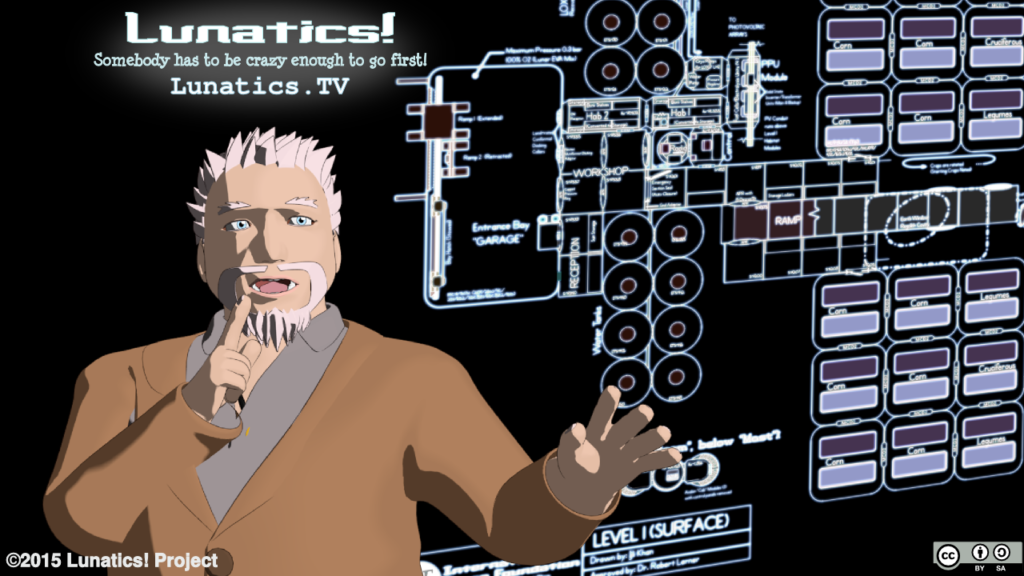
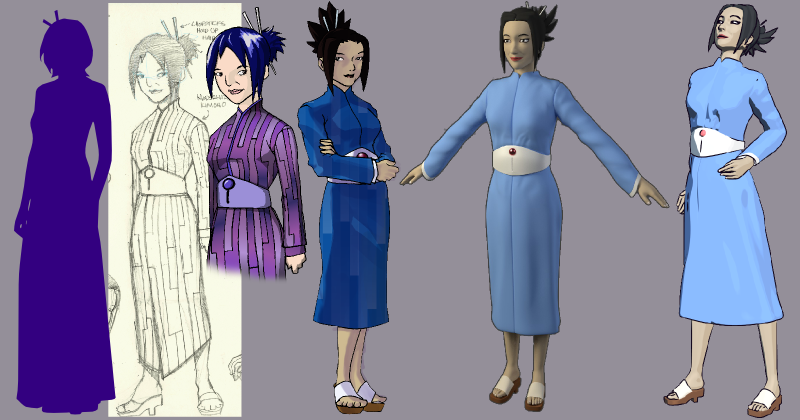
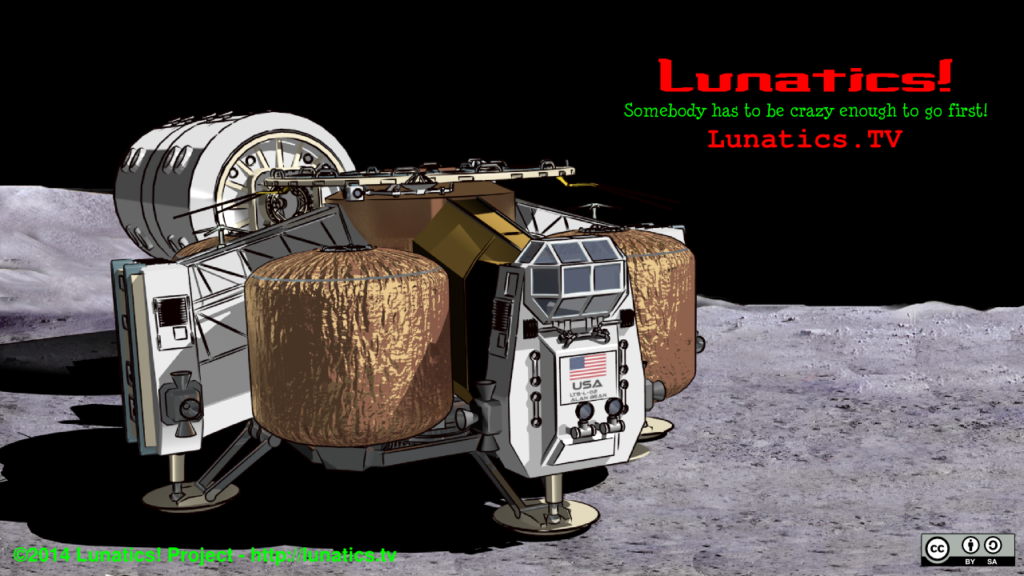

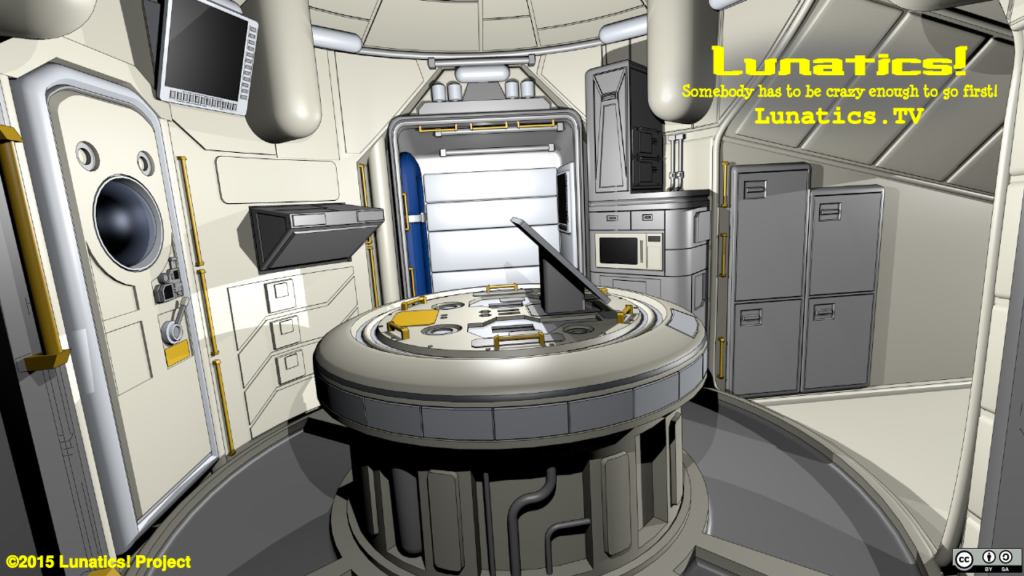
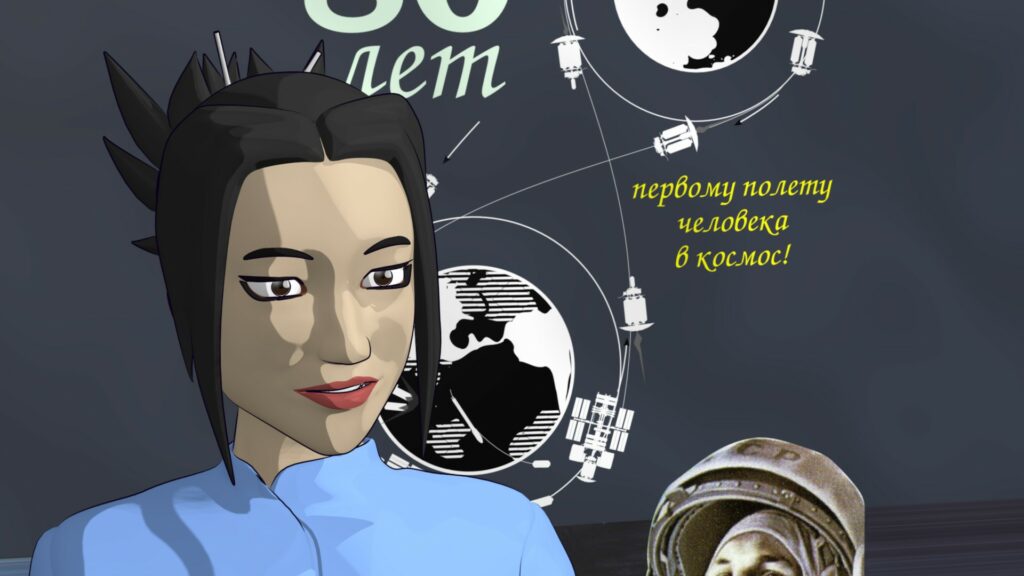
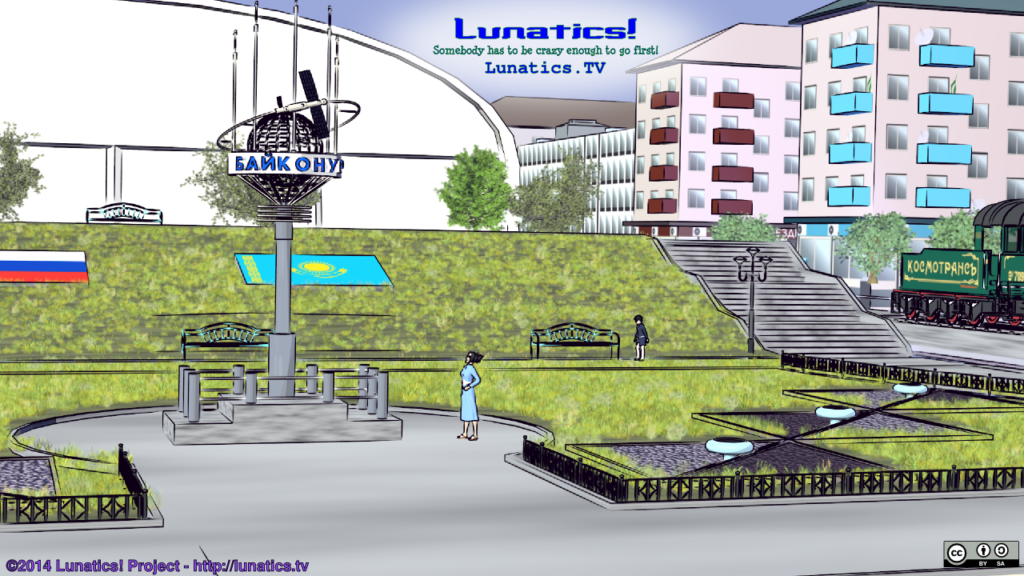
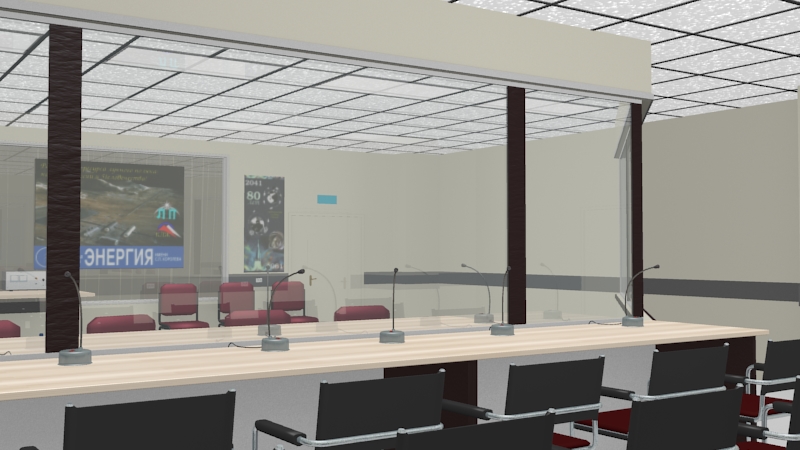
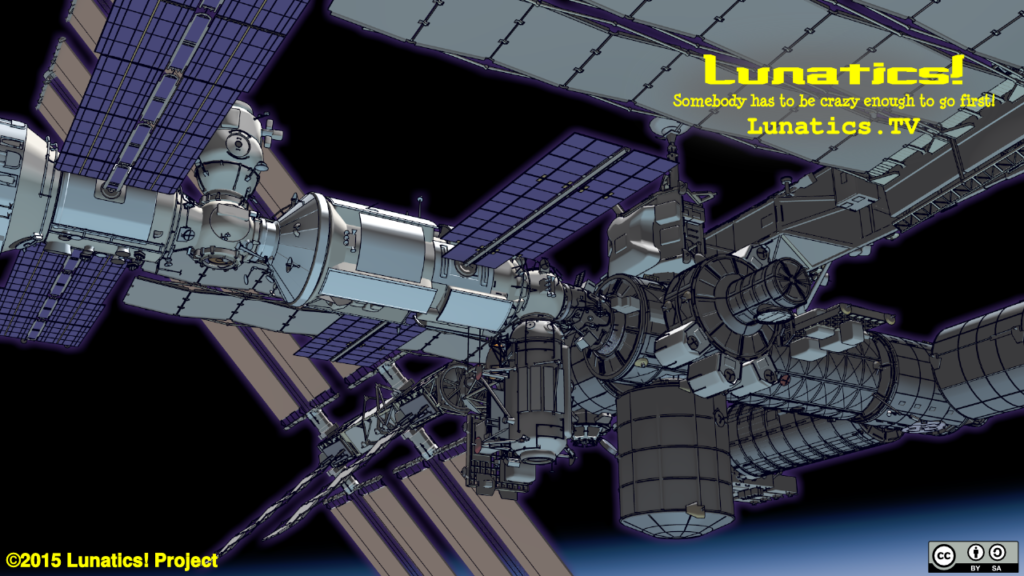

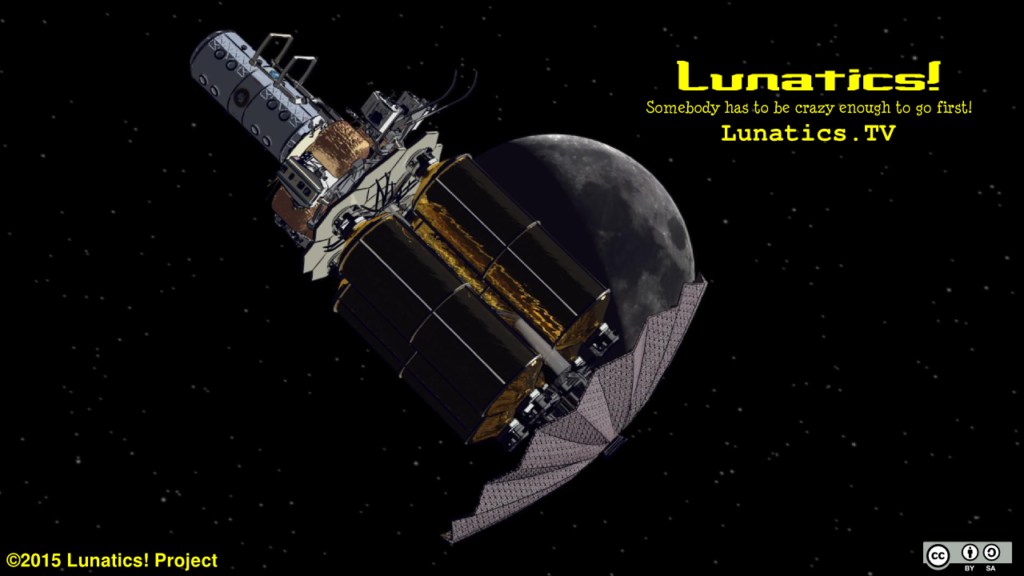
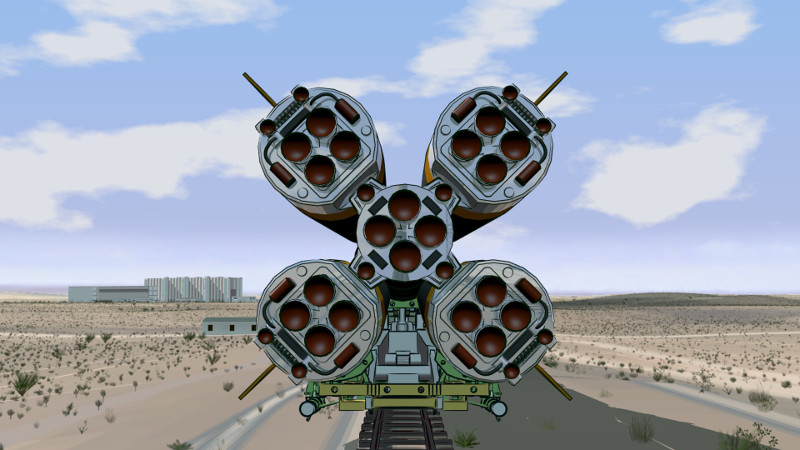
I plan to re-publish some of the articles that go with these images in the next few months. There has been a lot of work on developing techniques, training ourselves to do the modeling, animation, and rendering process, and just generally trying stuff. This Spring, we were admitted as an “industry partner” in the California State University’s Media Internship Program, which has been extremely helpful — Keneisha Perry, Travis Souza, and Johnnie Wilson have all joined the project from that program for this Summer. Also depicted here is work by myself (Terry Hancock), Chris Kuhn, Sathish Kumar, and Bela Szabo. Timothee Giet painted the Low-Earth Orbit backdrop behind the Soyuz orbiter. We’ve also gotten a lot of help from Konstantin Dmitriev on workflow software, Papagayo (for lipsync), and also on Russian translation.
There are a number of new sets, mostly created by Travis and Johnnie, which do not yet have proper materials and textures — we’ll be publishing previews of these as we get them ready. Chris Kuhn is also currently working on the 2040-era “Space Station Alpha” which is the evolution of the ISS into the future, and also the staging point for the trip to the moon aboard the Lunar Transportation System. And Keneisha has been continuing to work on characters, as well as doing character animation tests, like the one at the beginning of this article.
So, while we’ve been very quiet on this production blog, a great deal of work has been done!
